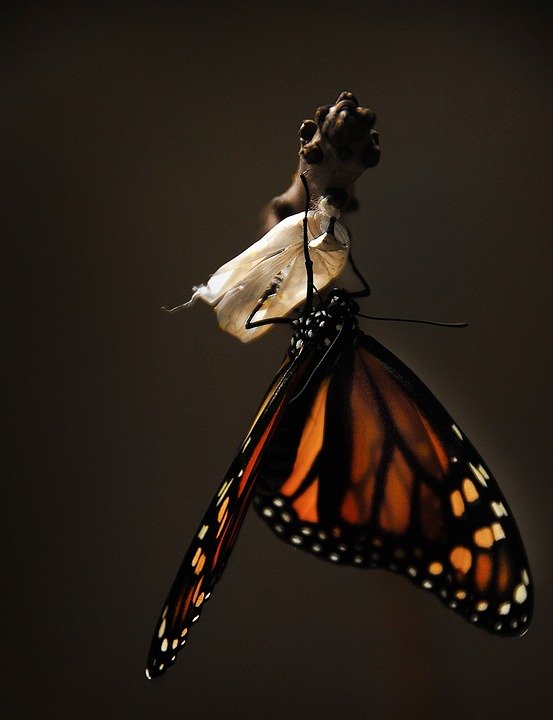From Caterpillar to Butterfly: The Journey of Transformation
Introduction
The transformation from a caterpillar to a butterfly is one of the most remarkable processes in nature. It is a journey that encompasses profound changes and portrays the beauty of metamorphosis. This article will delve into the intricate details of this transformation, exploring the stages involved and the astonishing adaptations that occur. Additionally, a FAQs section will address common queries about this captivating process.
The Stages of Transformation
The journey of a caterpillar to a butterfly can be divided into four distinct stages: egg, larva, pupa, and adult.
1. Egg: It all begins with a tiny egg laid by a female butterfly on a host plant. The egg is strategically placed to ensure the caterpillar will have a ready supply of food upon hatching.
2. Larva: The caterpillar emerges from the egg and enters the larval stage. This is the most recognizable stage of the transformation, characterized by the caterpillar’s feeding frenzy. It consumes vast amounts of food to fuel its growth. As it grows, the caterpillar sheds its skin several times, a process known as molting.
3. Pupa: When the caterpillar reaches its full size, it enters the pupa stage, also known as the chrysalis stage. Within this protective casing, the caterpillar undergoes a complete reorganization of its body. It liquefies its tissues and reforms them into the structures necessary for its final form.
4. Adult: After a period of time, the butterfly finally emerges from the chrysalis as a fully formed adult. The wings, which were once undeveloped, now unfold and harden, allowing the butterfly to take flight. It is during this stage that the butterfly seeks a mate, reproduces, and continues the life cycle.
Adaptations and Transformations
The transformation from caterpillar to butterfly is a remarkable feat, involving numerous adaptations and transformations.
1. Structural Changes: During metamorphosis, the caterpillar’s body undergoes a complete restructuring. It develops new organs, such as wings and antennae, and loses unnecessary structures, like legs. The digestive system is also transformed to accommodate the change from a herbivorous caterpillar to a nectar-feeding butterfly.
2. Coloration: The colors and patterns of a butterfly’s wings are truly awe-inspiring. This transformation is due to the migration of pigments within the wing scales. The pigments shift, creating vibrant patterns and hues that aid in camouflage, mating, and warning signals.
3. Flight Adaptations: The wings of a butterfly are meticulously designed for flight. They are thin, lightweight, and covered in small scales that aid in stability and aerodynamics. Butterflies also have a unique flight mechanism called “clap and fling,” which allows them to produce powerful and efficient wing beats.
FAQs about the Transformation
Q: How long does the transformation from caterpillar to butterfly take?
A: The duration of the transformation varies between species, but it generally takes around two to four weeks. However, some butterflies may spend months in the pupa stage, especially during winter.
Q: Can a caterpillar turn into any type of butterfly?
A: No, each caterpillar has a specific species it will transform into. The type of butterfly is determined by the species of the caterpillar and the host plant it feeds on.
Q: What happens if a caterpillar is disturbed during its transformation?
A: Disturbing a caterpillar during its transformation can have serious consequences. It may cause deformities or even death. It is crucial to avoid disrupting this delicate process.
Q: Do all butterflies go through the same stages of transformation?
A: Yes, all butterflies undergo the same four stages of transformation: egg, larva, pupa, and adult. However, the duration and appearance may vary depending on the species.
Q: Why do some caterpillars have vibrant colors and patterns?
A: The colors and patterns of caterpillars often serve as a form of protection. They can act as a warning signal, indicating that the caterpillar is toxic or unpalatable. Alternatively, the colors may provide camouflage, helping the caterpillar blend into its environment.
Conclusion
The journey of transformation from a caterpillar to a butterfly is an astonishing process that captivates our imagination. It showcases the wonders of nature and reminds us of the beauty that lies within change. From the humble caterpillar to the graceful butterfly, this metamorphosis serves as a powerful metaphor for personal growth and transformation.


